Five Military Vehicles That Shaped the War
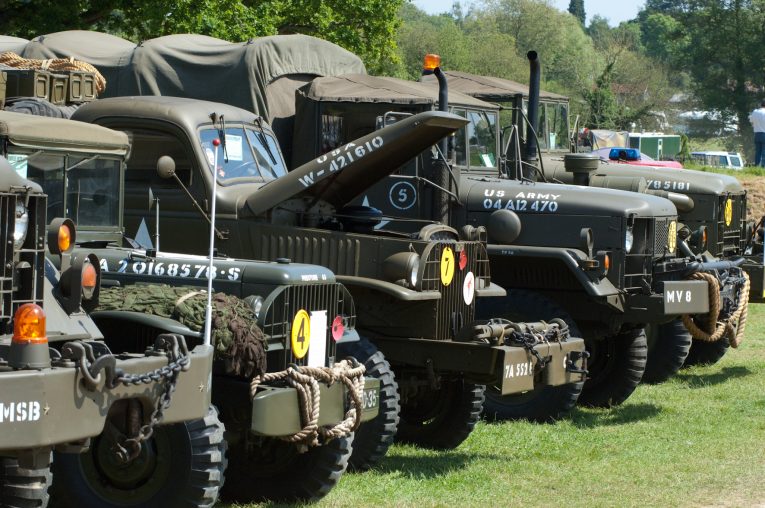
With Remembrance Day looming we thought we would take this opportunity to honour some of the classic military vehicles that played a part in World War II and helped shape the world as we know it today. Not only the allied machines, those that have allowed us the freedom we currently enjoy, and sometimes take for granted, but also some of the critical German metal too. Whomever the manufacturer though, these vehicles became an integral part of daily life for many and if it wasn’t for these particular cars, trucks and bikes our lives would potentially be very different indeed.
At the beginning of the war many countries were still using horses and wagons to transport troops and supply equipment to the lines. The impact of the widespread use of mechanised military vehicles was colossal and pushed those involved to create and develop new machinery and manufacturing techniques, the ripples of which can still be felt today.
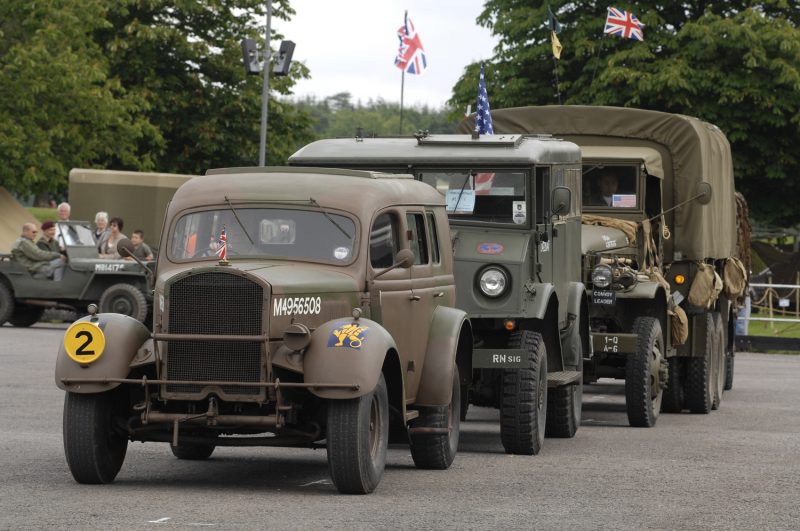
Lasting for six years and spanning six continents and all of the world’s oceans, World War II drove designers and engineers to produce effective vehicles to successfully operate in such a far-reaching theatre of global conflict, without which the war effort would have been vastly different. Swapping horse power for horsepower the world witnessed the introduction of a huge number of vehicles, not only built with the specific task of warfare in mind, but also to act as troop and supply transports, and everything else associated with the support of such a huge and all-encompassing struggle for freedom.
Concentrating on more of the ground support category of vehicle rather than tanks and artillery, or air and sea power, we’ve compiled a list of five classic military vehicles that you can still buy and drive today. So join us as we commemorate some of the military metal that determined the outcome of World War Two and which played a pivotal role in those dark days.
Willys Jeep
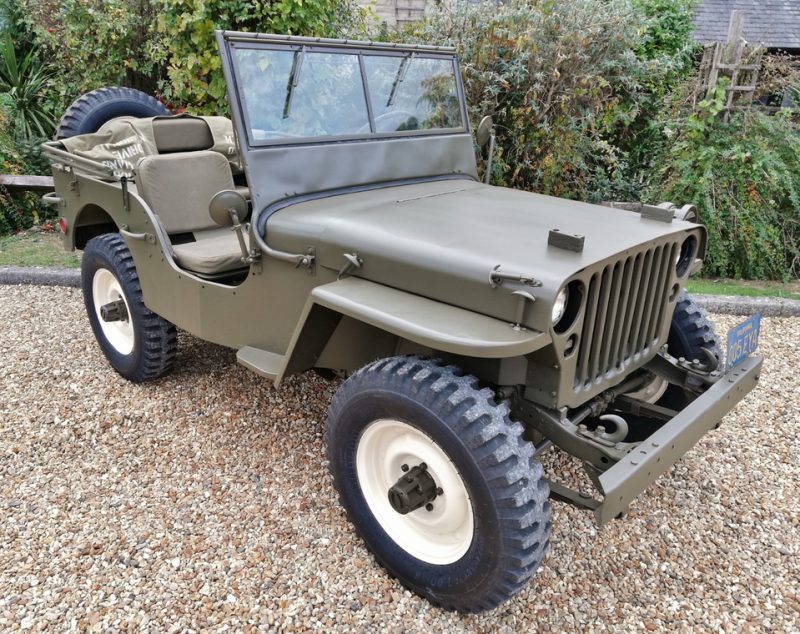
General Dwight D. Eisenhower extolled the virtues of the humble Jeep exclaiming that it was one of the three tools that won the war, and who are we to argue. The Willys Jeep remains one of the most iconic vehicles of World War II and served with distinction wherever it was deployed. Thanks to its innate ability to simply work in any and all conditions it became as pervasive a machine as anything else on the battlefield. Constantly modified to serve any function that was required of it the Jeep took it all in its stride, whether as a makeshift ambulance, artillery platform or rapid assault vehicle it just kept on rolling. Picked to be the sole manufacturer of ‘general purpose personnel or cargo carriers’ for the US Army in 1941, Willys would soon have to join forces with Ford (who had already previously supplied units for the war effort) in order to keep up with production demand. Interchangeable parts were produced hence why we ended up with the almost identical Ford GPW next to the Willys MB.
Bedford MWD
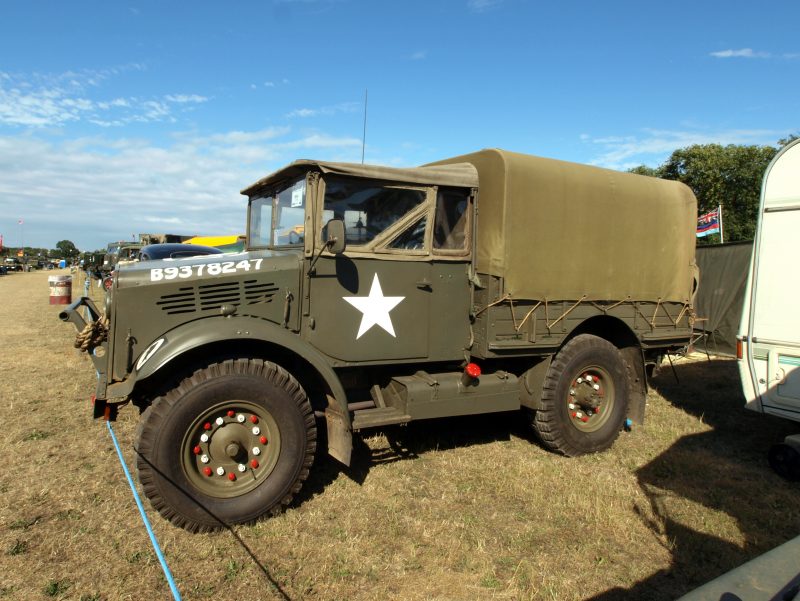
Widely regarded as the backbone of the British army’s transportation arm, the Bedford MWD was a robust, simple to maintain workhorse used to transport troops and cargo throughout the war. Consigned by the War Department the military spec truck was modified from the commercial version with increased ground clearance and larger bonnet to incorporate a bigger air filter. Utilised until 1951 the MWD was fitted with a 3.5-litre, six-cylinder motor producing 72bhp and originally consisted of a canvas cover and doors with a collapsible windscreen. This was later replaced, however, with a fully enclosed, metal cabin. With its short wheel base and relatively light weight it was a versatile and manoeuvrable machine. Utilised heavily in France and during the Normandy landings the MWD proved itself more than capable in what has to be the epitome of a baptism of fire.
BMW R75
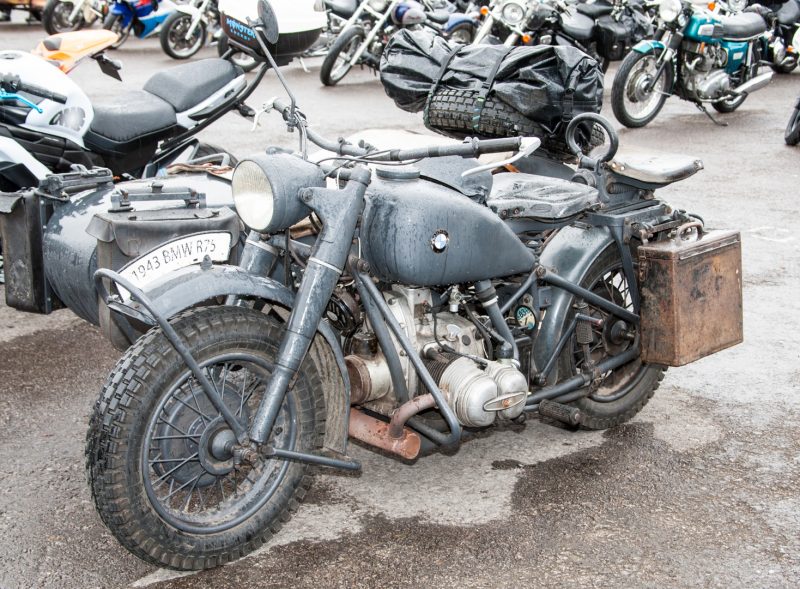
While not as powerful and with practically zero protection for the rider compared to the other vehicles in this list, motorbikes were still widely used in the Second World War. From the American Harley Davidsons to the British Nortons they played an important role in the conflict. They were particularly useful as messenger transports and scouting vehicles, especially in fast-moving formations such as the German Kradschutzen reconnaissance units, however, the four-stroke, two-cylinder BMW R75 used by the German military could also be utilised as a mobile weapons platform. Specifically designed to be paired with a sidecar that could be mounted with various armaments, from mortars to machine guns, it was a versatile vehicle – a heavy old beast but effective nonetheless.
Dodge WC-54
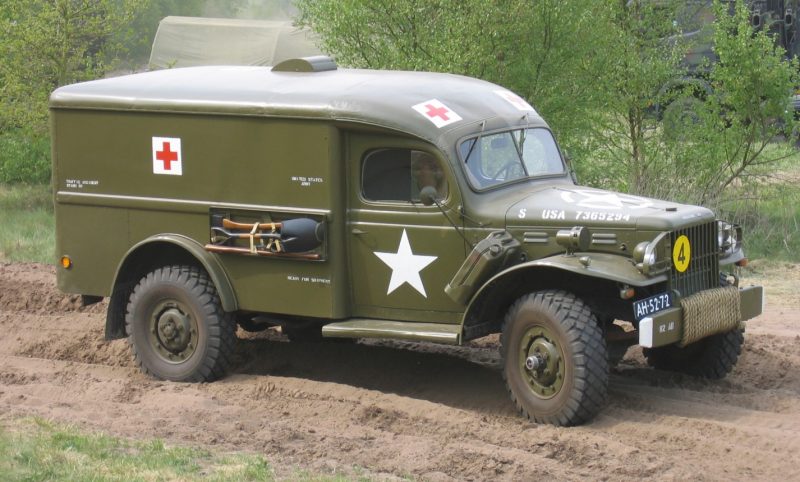
Unfortunately there are of course inevitable casualties and injuries in war time and so ambulances played a huge part during the hostilities, ferrying the injured from the battlefield and transporting the wounded to field hospitals. One such vehicle was the American Dodge WC-54 which became the standard US ambulance in 1942, remaining so until 1944. Tough and dependable, and with four-wheel drive, the ¾ ton WC-54 was fitted with Dodge’s T214 in-line, six-cylinder engine. The ambulance differed from other vehicles in the WC series of trucks by virtue of the fact that it was equipped with smoother suspension and an interior heater, both welcome additions, we imagine, for the poor souls laying prone in the back.
Volkswagen Kübelwagen
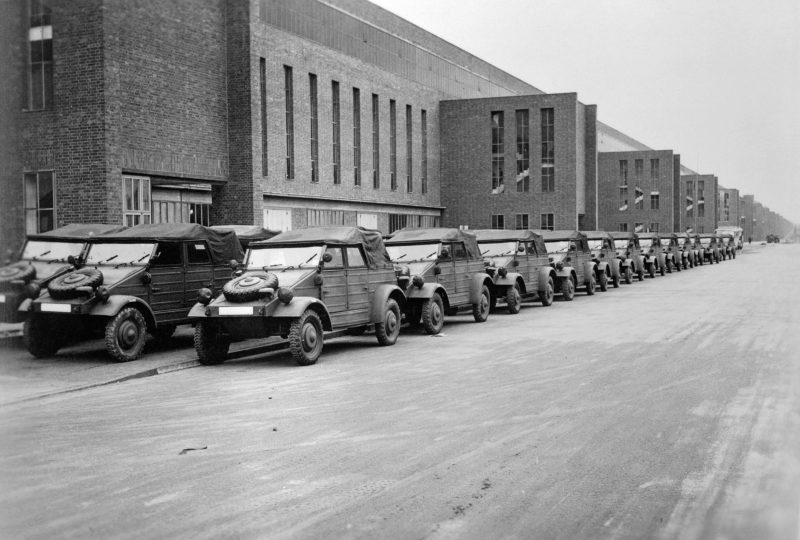
Labelled as the German equivalent to the American Jeep the Kübelwagen is almost as recognisable, albeit not quite as prolific. Designed by Ferdinand Porsche and using the Beetle as the basis for development the Kübelwagen was named for its bucket seats. It was a simple, rugged, open-top military utility vehicle that was cheap to manufacture, making it perfect for Hitler’s requirements. Although only two-wheel drive the car proved itself honourably on the battlefield and served on all fronts in the war. Thanks to a combination of gear reduction hubs, a flat, sled like underbody and its light weight, it more than compensated for any lack of all-wheel drive functionality. With a top speed of 80kph it was faster than the Jeep and with an air-cooled engine and lack of radiator it was highly reliable in all climates.
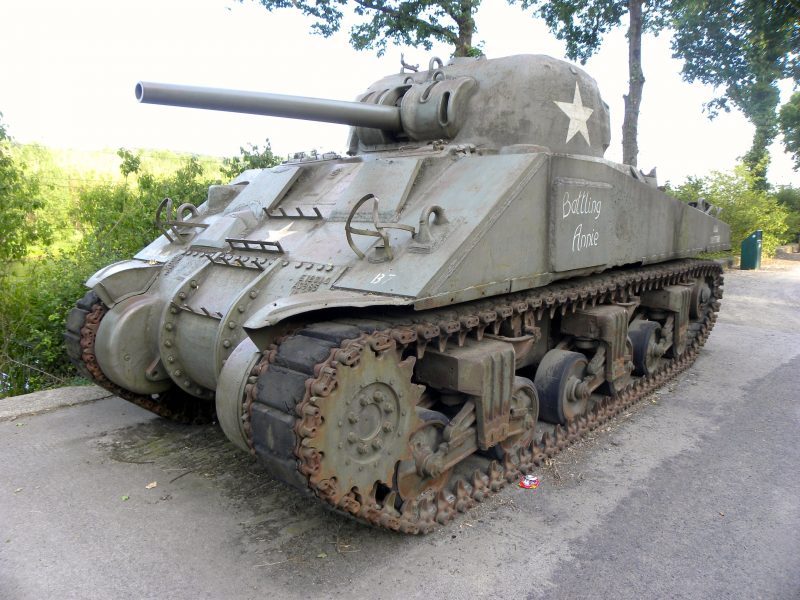
Of course there are the heavy-hitters of the conflict, the Panzer and Sherman tanks, the Spitfires and Hurricanes, for example, but we wanted to showcase some of the more relatable machines that were crucial to both sides and that have transcended the horrors of war to become classics in their own right today. These vehicles won’t go down solely in military history, they will also be remembered as venerable classics in the automobile world too. To paraphrase the Ode of Remembrance: age may indeed weary them but the years will not condemn them.


